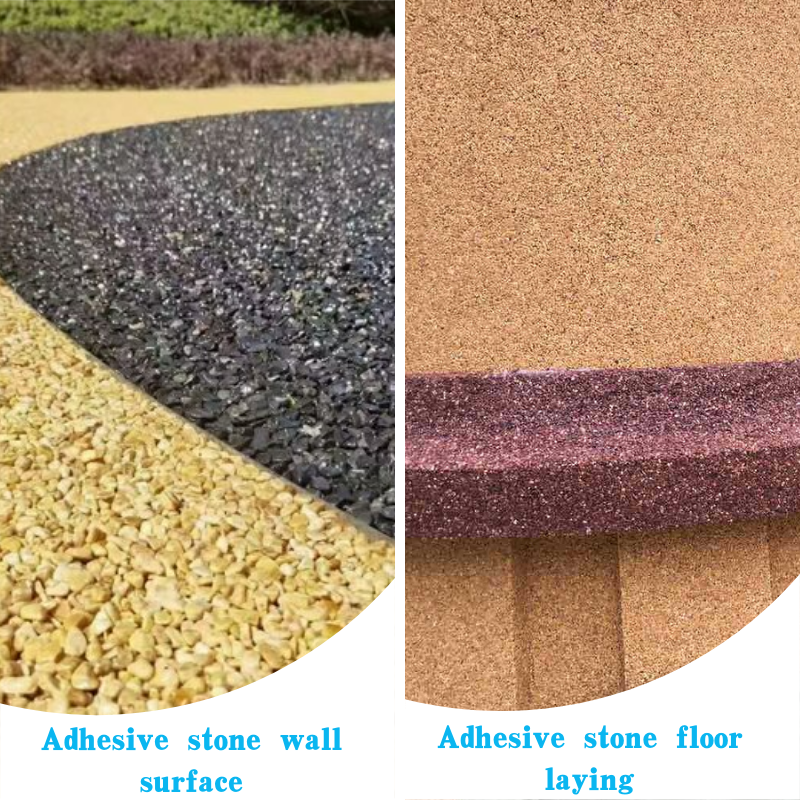
Perlite for Vegetable Garden - Enhance Your Soil for Optimal Growth
Perlite for Vegetable Gardens A Comprehensive Guide
When it comes to cultivating a thriving vegetable garden, the right growing medium can make all the difference. Among the many soil amendments available, perlite has emerged as a popular choice among gardeners. This lightweight, volcanic glass is known for its excellent drainage and aeration properties, making it ideal for a variety of vegetables. In this article, we will explore the benefits of using perlite in vegetable gardens, how to incorporate it effectively, and some best practices to maximize your garden’s potential.
What is Perlite?
Perlite is a natural, non-toxic volcanic rock that is heated to high temperatures, causing it to expand and become lightweight and porous. This unique structure allows perlite to hold moisture while also providing ample air pockets, improving soil aeration. Gardeners often mix perlite with soil or other growing media to enhance their properties, particularly in container gardening and raised beds.
Benefits of Perlite in Vegetable Gardens
1. Improved Drainage One of the main advantages of adding perlite to your garden soil is its ability to improve drainage. Vegetables require well-drained soil to prevent root rot and other water-related issues. Perlite’s unique structure allows excess water to escape, ensuring that the roots of your vegetables do not sit in overly saturated conditions.
2. Enhanced Aeration Adequate airflow to the roots is crucial for healthy plant growth. By incorporating perlite into your soil mix, you create additional spaces for air to circulate. This aeration helps prevent soil compaction and promotes healthy root development.
3. Moisture Retention While perlite improves drainage, it also retains moisture effectively. This dual function is especially beneficial for vegetable gardens, where maintaining an optimal moisture level is essential for growth. Plants can access the moisture stored in perlite without the risk of overwatering.
perlite for vegetable garden

4. Lightweight Component For container gardening, weight can be a significant concern. Perlite is incredibly lightweight, making it an excellent choice for filling pots and containers without adding unnecessary bulk. This quality allows for easier handling and mobility of your plants.
5. pH Neutral Perlite is pH neutral, which means it does not alter the acidity or alkalinity of your soil. This characteristic is beneficial for growing a wide variety of vegetables, as it allows for a more controlled growing environment.
How to Incorporate Perlite in Your Garden
When adding perlite to your vegetable garden, consider mixing it with your existing soil at a ratio of about 14 (one part perlite to four parts soil). This mix ensures that your soil maintains its structure while reaping the benefits of perlite. For raised beds, incorporate perlite to improve drainage and aeration. If you are working with container plants, using perlite as a component of your potting mix will help with moisture retention and drainage.
Best Practices
- Regularly check the moisture levels of your garden to ensure adequate watering while avoiding overwatering. - Use high-quality perlite to avoid contaminants that could affect plant health. - Monitor the growth of your vegetables closely, adjusting the perlite content as necessary to align with their specific growing needs.
In conclusion, incorporating perlite into your vegetable garden can lead to healthier plants and more productive yields. With its ability to improve drainage, aeration, and moisture retention, perlite is an invaluable tool for any gardener. By understanding how to use this fantastic soil amendment, you can cultivate a vibrant and bountiful vegetable garden.
Share
-
Premium Pigment Supplier Custom Solutions & Bulk OrdersNewsMay.30,2025
-
Top China Slag Fly Ash Manufacturer OEM Factory SolutionsNewsMay.30,2025
-
Natural Lava Rock & Pumice for Landscaping Durable Volcanic SolutionsNewsMay.30,2025
-
Custom Micro Silica Fume Powder Manufacturers High-Purity SolutionsNewsMay.29,2025
-
Custom Mica Powder Pigment Manufacturers Vibrant Colors & Bulk OrdersNewsMay.29,2025
-
Custom Micro Silica Fume Powder Manufacturers Premium QualityNewsMay.29,2025






